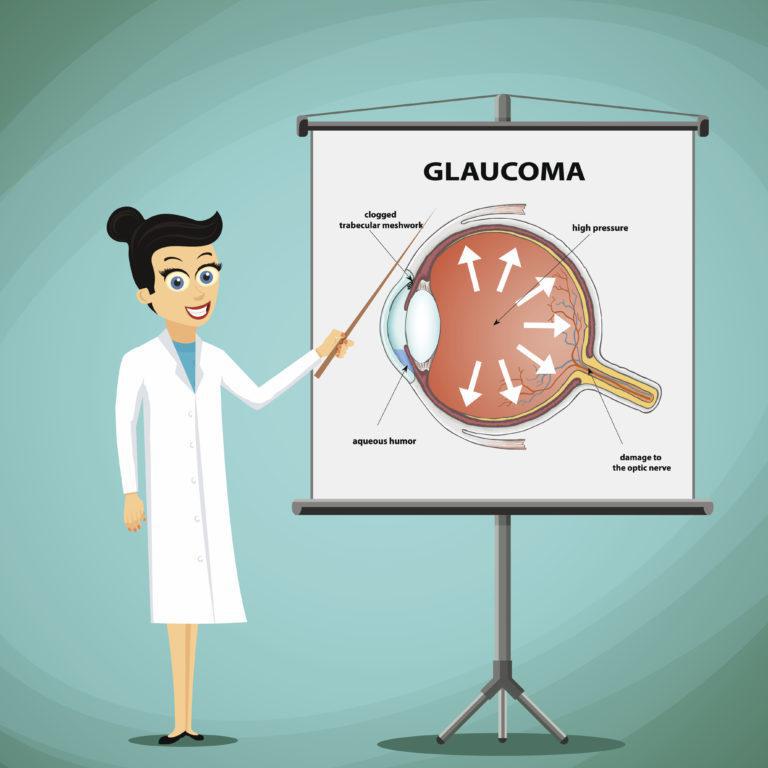Contact Lens Fits
Contact lens fits refer to the process of fitting contact lenses to a person’s eyes. This involves determining the appropriate size, shape, and prescription of the lenses based on the person’s individual eye anatomy and vision needs.
Book an appointment




